On several occasions I’ve had the pleasure of visiting the village of Appledore on the Kent side of the Kent/Sussex border. It’s where the Weald, a core subject area for this blog, moves between the two counties. A lot of what’s featured here is in the realm of Romney Marsh because of the connecting history of the landscape, at the south-eastern edge of the Weald. You can see a great interactive timeline of the history of Romney Marsh here.

Churches are some of the most important cultural and historic places in England today. I personally find them very peaceful and welcome places to drop into, or shelter, often when out on a walk somewhere. The village of Appledore has a church steeped in history: The Church of St. Peter and St. Paul. Inside, there is a tapestry which was completed in 1988 to celebrate the church’s 800th birthday.
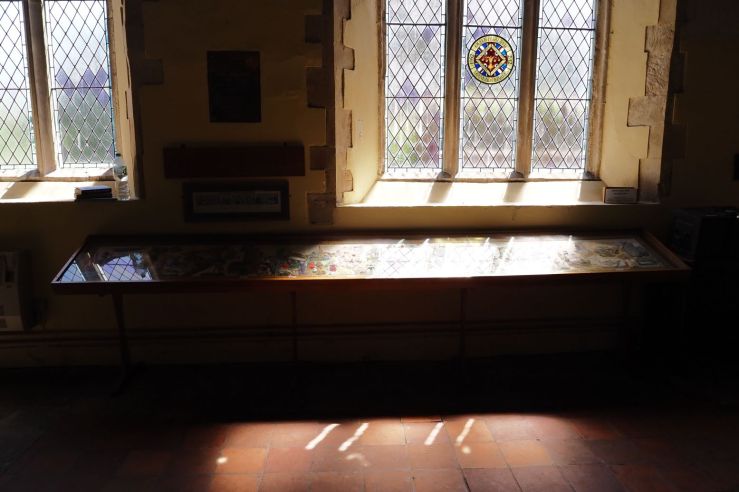
I don’t know much about tapestries beyond the obvious Bayeux Tapestry most English children studied at school, depicting the Norman Conquest of England in 1066. But this tapestry is a great achievement and contains beautiful details, documenting the incredible history of this part of what is now called England.
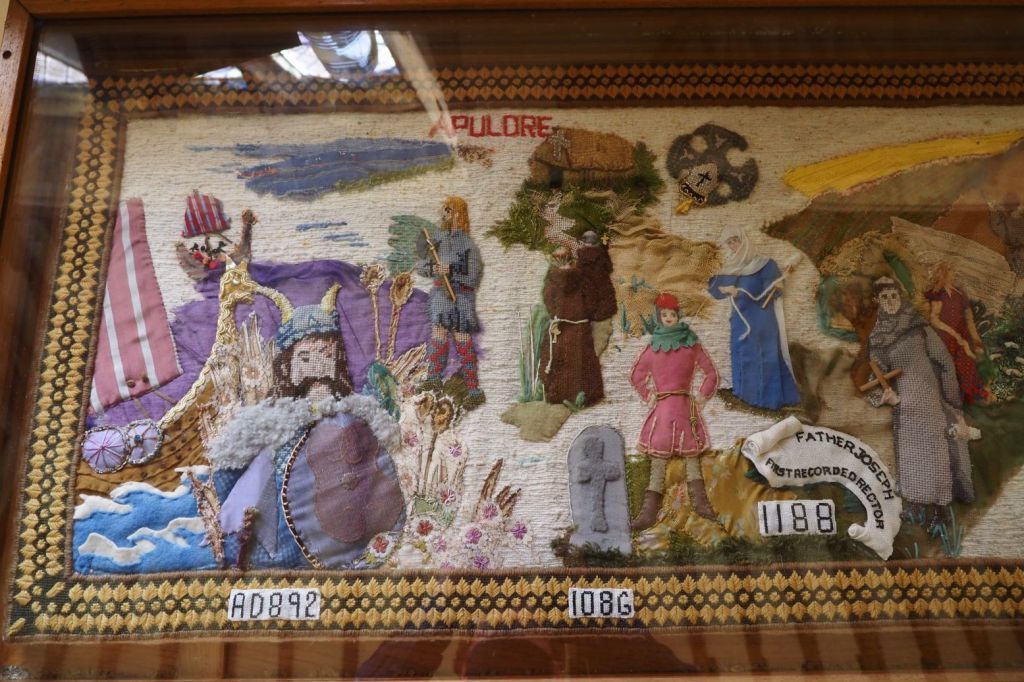
The tapestry begins with trouble for the local Anglo-Saxons, when 5000 vikings arrived from Denmark in the year 892 via the River Rother (the eastern Rother, rather than the West Sussex/East Hampshire Rother).
Scandinavian raiders had first dropped into England at Lindisfarne, Northumberland in 793, when they sacked the monasteries, killed the monks and took their valuables. At this point Appledore was known as Apuldre, meaning ‘apple tree’ in Old English. The Vikings would have definitely been interested in the apple trees. Here we can also see depictions of 1086 when the Domesday Book was completed after the Norman Conquest of 1066.

This is a little bit what I looked like after lockdown hairdresser restrictions were in place for several months, minus the beard. The detail is excellent, with the use of different materials to bring the scene to life, not least the viking man’s fleece.

To the left is an Anglo-Saxon man (with stereotypical, but not necessarily accurate, golden hair) watching as the vikings appeared, with axe in hand. Next to the old name for ‘Apuldre’ you can see what must have been the original church, a wooden building of Anglo-Saxon origin. Many Anglo-Saxon churches were destroyed and rebuilt in stone by the Norman invaders.
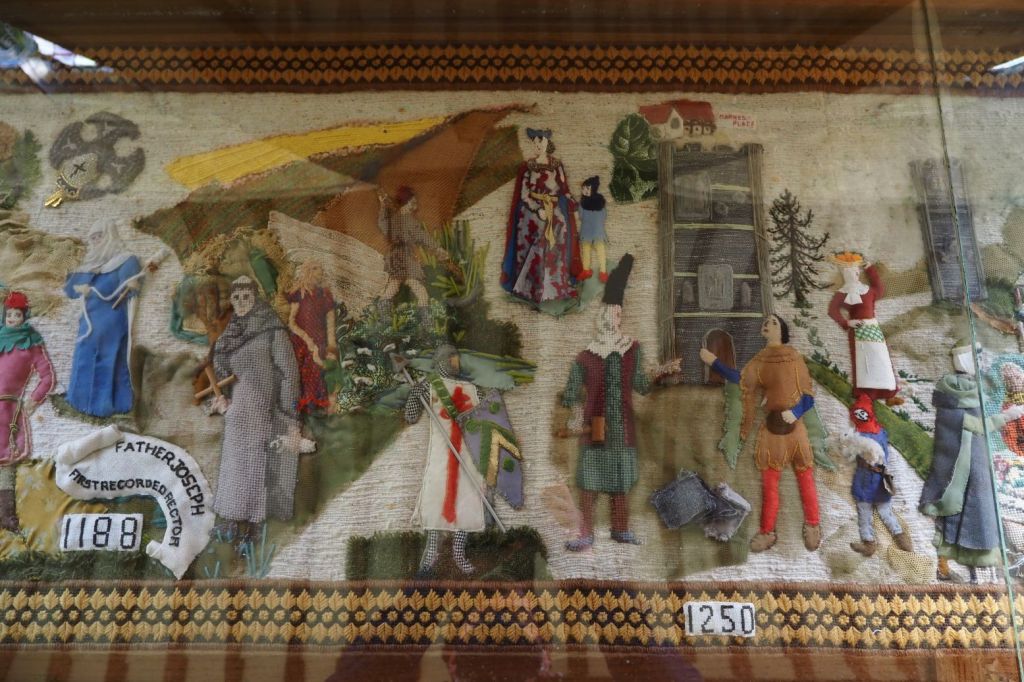
1188 shows us the first recorded rector, Father Joseph. The landscape behind appears to show a farmed landscape with reeds being cut from the wetlands of Romney Marsh. The English Knight may indicate the King Henry III leading an army to France.
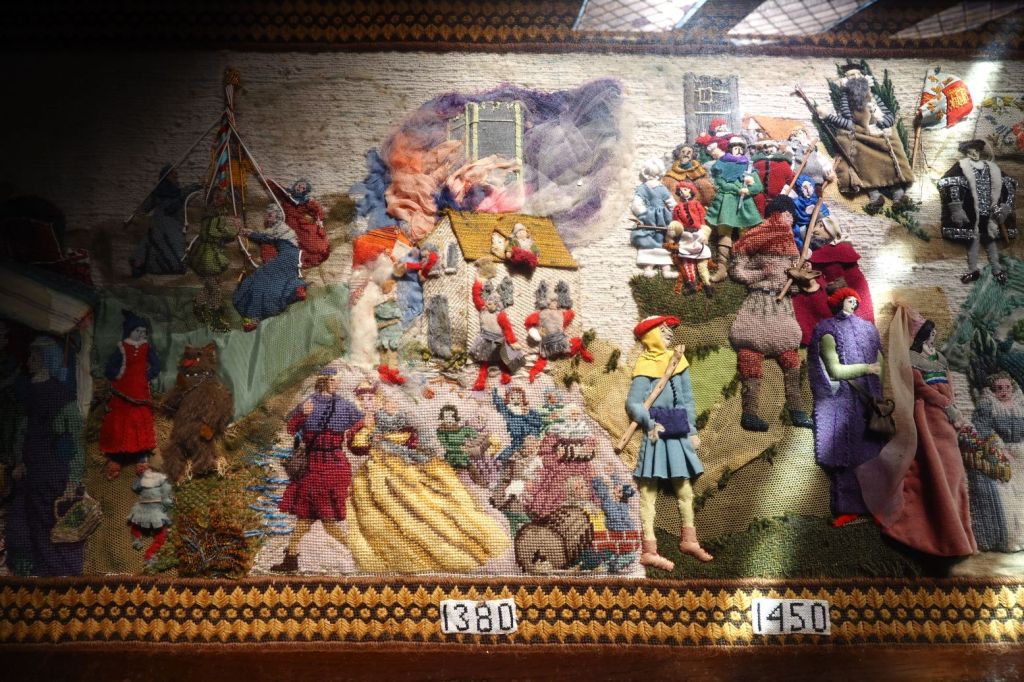

Let’s take a look at those flames in greater detail. I think it’s likely the colours in the tapestry have been dimmed by its positioning next to the window, which makes the fire seem less severe.

In 1450 we see a group of people partaking in what I am guessing is Jack Cade’s Rebellion. This was a similar uprising to that of the Peasant’s Revolt in 1380:
Leading an army of men from south-eastern England, the rebellion’s namesake and leader Jack Cade marched on London in order to force the government to reform the administration and remove from power the “traitors” deemed responsible for bad governance. It was the largest popular uprising to take place in England during the 15th century.
Kaufman, Alexander L. (2009). The Historical Literature of the Jack Cade Rebellion. Burlington: Ashgate, p. 1. via Wikipedia

Here we see the detail of a bear being kept for baiting or entertainment. The expression on the girl’s face and her hands in pockets show a level of disdain for the poor bear. I like the detail in the chain, despite what it’s depicting.

I don’t know if Shakespeare (1564-1616), top left across from Elizabeth, visited Appledore but his work and legacy stands over the time. I’m not sure who is getting happily married in 1650.

In 1804 we can see the development of the Royal Military Canal in Romney Marsh, which began on the 30th October at Seabrook, Kent. It was built to slow any invasion from Napoleon’s Army, which was a big worry at that time. You can now walk 28 miles of the Military Canal.
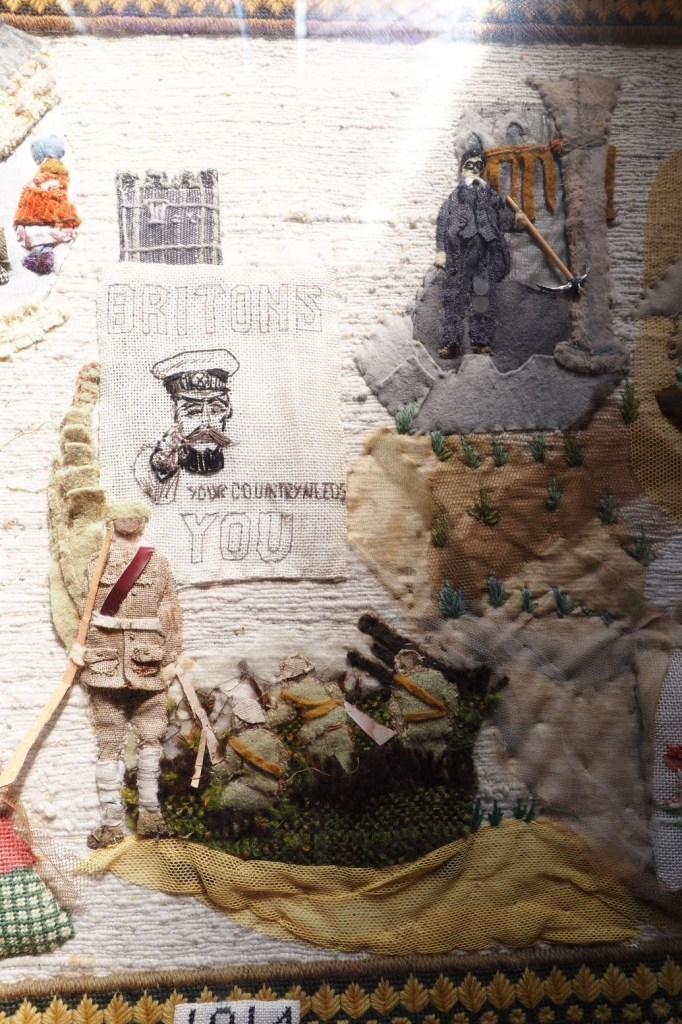
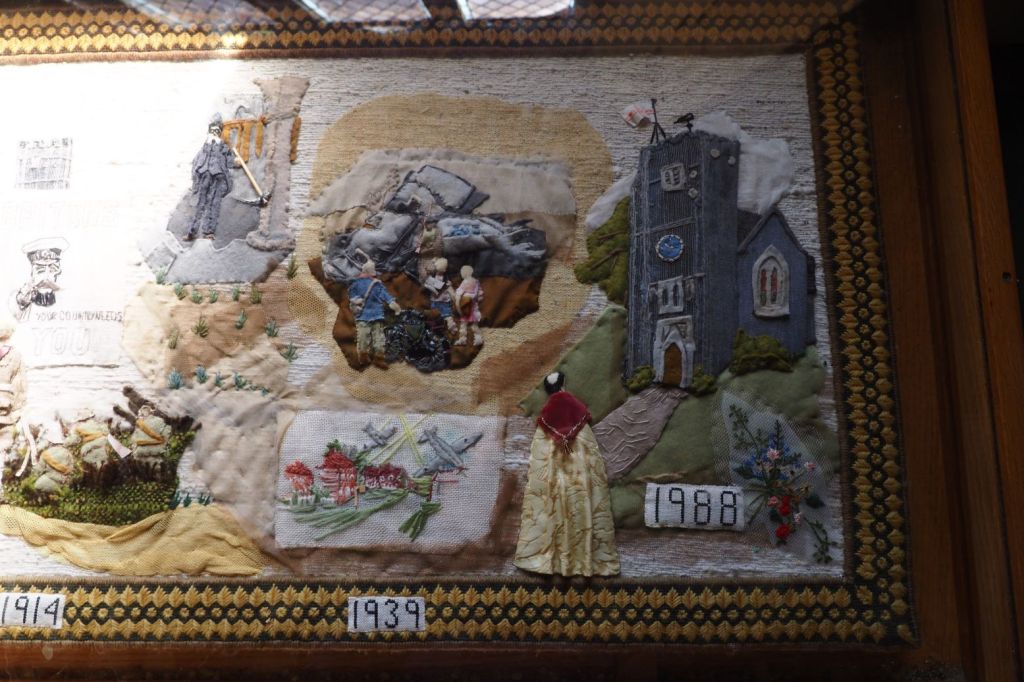
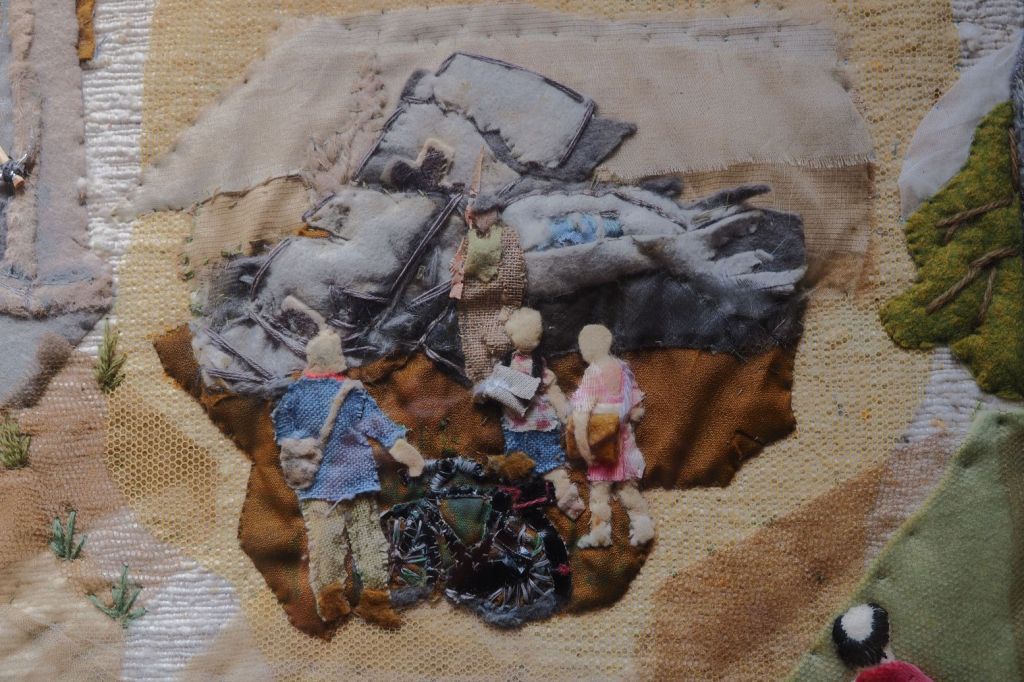
This detail could confuse you as it looks a bit like the church collapsed. In actual fact it’s a German military plane that has been shot down in the Second World War (1939-45).

In 1988 the tapestry was completed, with the vicar of the time standing at the end of the path admiring the building and all it has been through.

You can buy a leaflet which describes the tapestry in detail, but obviously I bought it and then lost it!
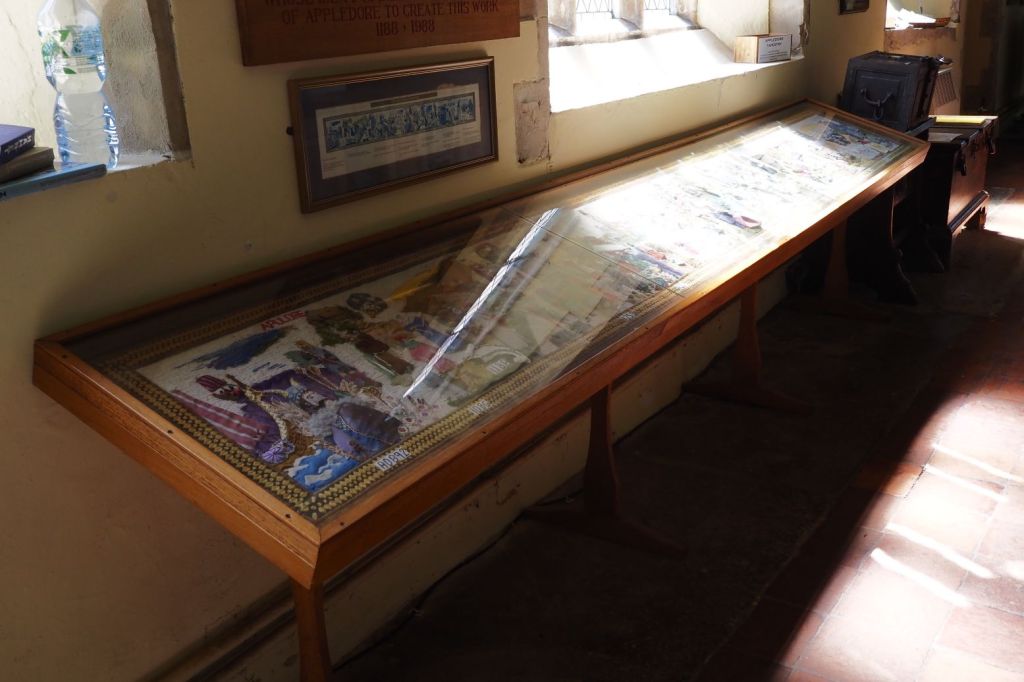
If this wonderful tapestry has taught me anything, it’s that peace between England and France has not always been there. England has always been a very sought-after place. Its cultures have always been diverse, rather than the mono-ethnic notions trumpeted today by ultra-nationalists.
I may come back to update this post when I get new information and will note any edits.
Thanks for reading.
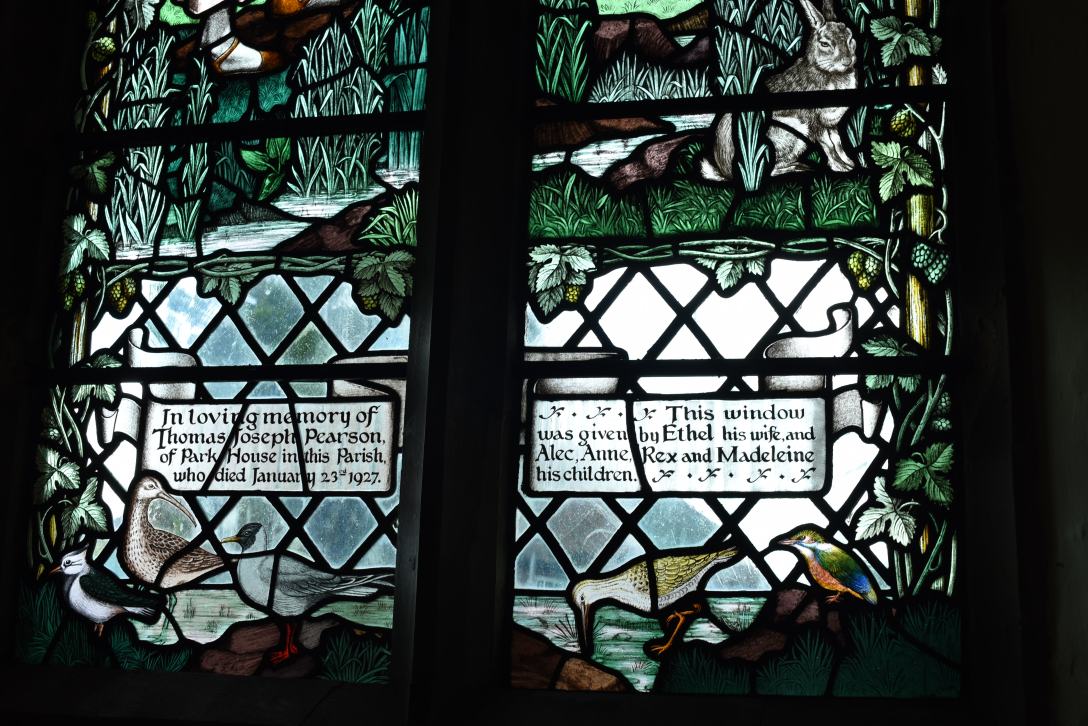
Wonderful – and so much history in one place.
Thanks John!
Visited 22/11/21 a freezing cold day but the church was warm and welcoming at 10.30am. The feeling of history immediately apparent and the board outside combined with the stunning tapestry answered many of our questions.
Great site with lovely photos of the tapestry etc. We agree that the work needs much more protection than it has at the moment.